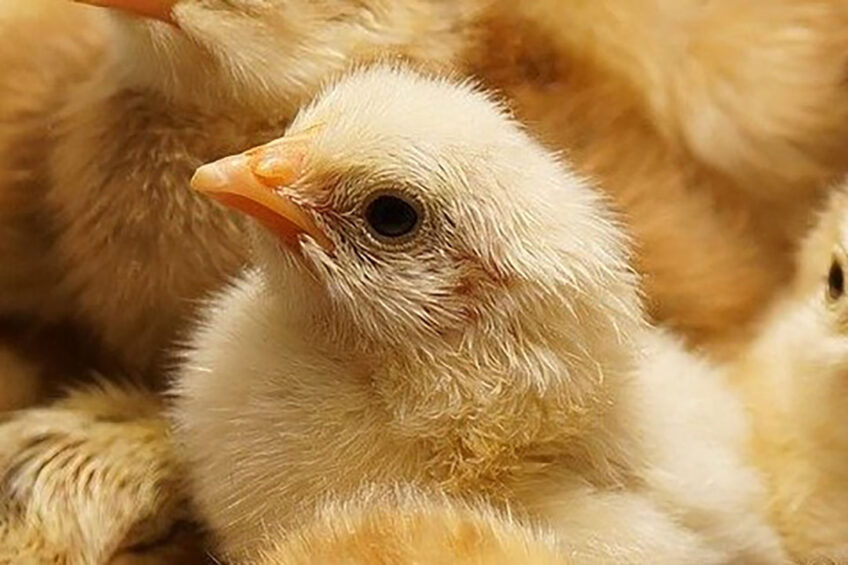Development of poultry vaccine platform

Enteric poultry diseases such as coccidiosis and necrotic enteritis are challenging the sustainability of global poultry meat and egg production.
The tripling of poultry meat production over the past 2 decades, especially in many low and middle-income countries, has led to intensive and backyard flocks becoming susceptible to viral, bacterial and parasitic infections. Enteric diseases are of particular concern as they compromise economic production, reduce animal welfare and can have zoonotic effects.
Re-emergence of diseases
For example, as the use of in-feed antibiotics has controlled necrotic enteritis caused by Clostridium perfringens (Gram-positive, spore-forming bacteria), this disease is likely to re-emerge in the US poultry sector – and others – if ionophores are banned.
The Royal Veterinary College noted that reports estimate an increase in necrotic enteritis costs from US$2 billion in 2000 to US$6 billion in 2015. Pre-disposing factors affecting the environment of the gastrointestinal tract are needed to create a favourable environment for C. perfringens to overgrow and cause necrotic enteritis. These factors include co-infection with other pathogens, such as Eimeria spp., stress, immunosuppression and nutrition.
Based on previous studies, the Royal Veterinary College led, led by Virginia Marugan-Hernandez, hypothesised that protection against a key pre-disposing factor (Eimeria tenella) combined with vaccination with protective necrotic enteritis antigens might provide a highly effective mechanism to control the disease in chickens.
Solution
The team generated 2 prototype vaccines against C. perfringens by transgenesis into Eimeria tenella parasites. Each Eimeria-vectoring prototype proved successful expression of the selected C. perfringens antigen and showed non-affected reproductive capacity when orally administrated.
Specific immune responses were raised against C. perfringens when prototypes were orally delivered to chickens. Efficacy of the prototypes when used as a vaccine was compared to other expression systems and methods for delivery, including injections.
Oral vaccination with the prototype vaccine was expected to generate a better response than an injected vaccine, as it directly targets the gut, which is where C. perfringens causing necrotic enteritis would naturally infect the chicken, improving local immune systems and simplifying the vaccine administration to large flocks.
The industry partner in the project – MSD Animal Health, the largest producer of poultry vaccines globally – evaluated the efficacy of the prototypes in a well-established animal model for C. perfringens challenge. Data from the different trials are informing further applications for commercialisation of this potential new vaccine solution for poultry vaccine mass oral administration, which could be extended to other poultry diseases.
The project aimed to develop a vaccine based on Eimeria parasites to protect chickens against pathogens of different origins. The first use to generate a prototype and evaluate a specific product against the re-emerging disease necrotic enteritis is expected to have future applications that could have a direct impact on human health by the targeting of zoonotic organisms that transfer disease from chickens to humans, and which would have importance in both high income and low and middle-income countries (e.g., Campylobacter, Salmonella).













